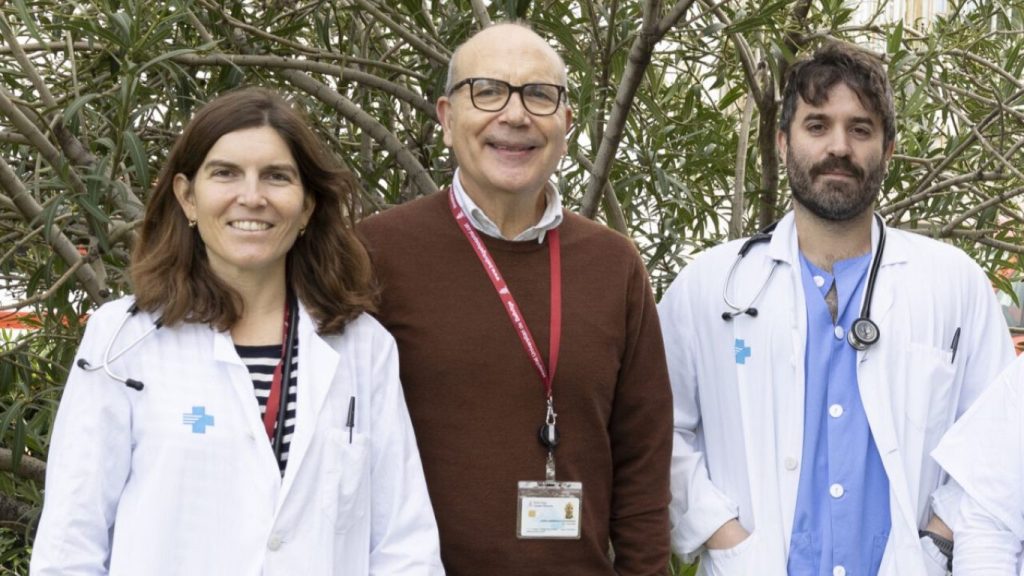A team led by Bellvitge Hospital and IDIBELL has analysed the effect of fosfomycin, an antibiotic that is used as a booster in severe cases of blood infection caused by Staphylococcus aureus. The results they have obtained show that combining fosfomycin with other antibiotics can help eliminate the infection more quickly, especially in people with resistant or hospital-acquired infections. This improvement, however, is also associated with an increase in side effects.
The study has recently been published in the scientific journal Clinical Infectious Diseases, and has involved research groups from Australia (Royal Melbourne Hospital and University of Melbourne) and Canada (University of Toronto and Sunnybrook Research Institute).
The urgency of finding new therapeutic strategies
The arrival of bacteria into the bloodstream is known as bacteremia. It is a very serious medical situation, since it can have fatal consequences if the immune system develops an extreme reaction to this sudden invasion. If this happens, the immune response is so disproportionate that it ends up damaging the tissues and organs themselves and there is a risk of septic shock (general organ dysfunction).
In this context, S. aureus is one of the main causes of bacteremia, both outside and inside the hospital environment, being responsible for mortality rates ranging from 20 to 40%. This is partly because the emergency treatments applied do not always work, especially when bacteremia becomes persistent or the strain responsible is of the MRSA type (resistant to methylin). That is why new therapeutic strategies are needed, such as those based on the combination of antibiotics to enhance the response. This is precisely what the HUB-IDIBELL researchers have evaluated, who have studied the synergistic effect of the combination of fosfomycin with other antibiotics in the control of bacteremia due to S. aureus, to see if any proved to be more effective.
Combined fosfomycin: effective, but with side effects
From what they have been able to verify, the combination of fosfomycin with other antibiotics accelerates the elimination of the infection, especially in resistant cases or of hospital origin. However, this greater effectiveness is accompanied by an increase in side effects, such as digestive discomfort.
“The results are promising, but more studies are needed. It is possible that a short and controlled use of this antibiotic may especially benefit the most severe cases,” explains Dr. Francesc Escrihuela-Vidal, first author of the study.
This work can help improve the treatment of an infection that, in severe cases, can be fatal. Further research is now needed to confirm the results and apply them to the groups of people who stand to benefit the most.
The Bellvitge Biomedical Research Institute (IDIBELL) is a research centre created in 2004 and specialising in cancer, neuroscience, translational medicine and regenerative medicine. It has a team of more than 1,500 professionals who, from 73 research groups, publish more than 1,400 scientific articles a year. L’IDIBELL is participated by the Bellvitge University Hospital and the Viladecans Hospital of the Catalan Health Institute, the Catalan Institute of Oncology, the University of Barcelona and the City Council of L’Hospitalet de Llobregat.
IDIBELL is a member of the Campus d’Excelencia Internacional of the University of Barcelona HUBc and is part of the CERCA institution of the Generalitat de Catalunya. In 2009 it became one of the first five Spanish research centres accredited as a health research institute by the Carlos III Health Institute. In addition, it is part of the HR Excellence in Research program of the European Union and is a member of EATRIS and REGIC. Since 2018, IDIBELL has been an Accredited Centre of the AECC Scientific Foundation (FCAECC).

